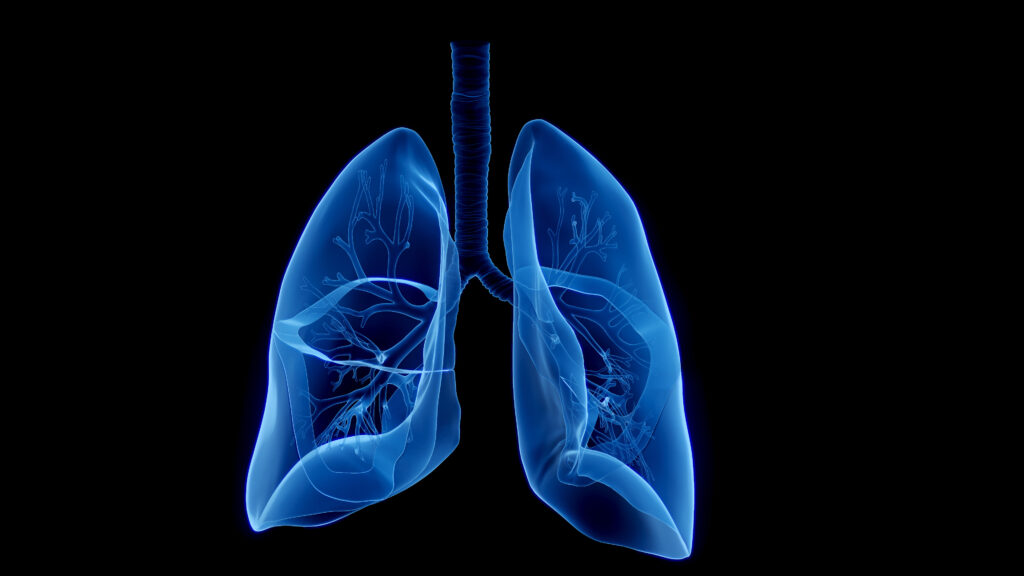Lung cancer accounts for the greatest proportion of cancer deaths in the US. Small cell lung cancer (SCLC) accounts for around 10–15% of all lung cancers.1 It is a highly aggressive malignancy, characterized by a high proliferation rate and early metastasis, for which the most effective first-line treatment modality is combined chemotherapy and radiation therapy.2 However, a recent National Cancer database analysis of initial management of all limited-stage SCLC cases from 2004–2013 involving 70,247 patients revealed substantial disparities in access to these therapies.3 In an expert interview, Stephen G Chun discusses the findings of this study and how these disparities can be reduced.
Q. What did the recent National Cancer Database analysis reveal about treatment disparities in small cell lung cancer?
The analysis showed that large numbers of patients with limited-stage or curable SCLC were not receiving the standard of care treatment that is concurrent chemotherapy and thoracic radiation. Roughly half of patients did not get radiation and 20% of patients got neither chemotherapy nor radiation.3,4 This is alarming because concurrent chemotherapy and radiation have been considered the standard of care for decades.
Q. What impact has limited access to standard of care therapies had on overall survival in this patient population?
For patients who received both chemotherapy and radiation, their median survival was about 18 months and for patients who received neither chemotherapy nor radiation survival was a mere 3–4 months. These survival times really speak for themselves.
Q. What are the obstacles to receiving combined radiotherapy and chemotherapy for small cell lung cancer?
It was observed that patients with government issued Medicare/Medicaid insurance were just as likely to get chemotherapy as patients with private insurance. However, patients with Medicare/Medicaid were significantly less likely to receive radiation therapy that was in turn associated with worse overall survival.
Q. How can these obstacles be reduced/overcome?
There are targeted access programs such as the Medicaid discount program and 340b for Medicare that provides financial assistance for chemotherapy. As these programs provide no financial assistance for radiation therapy, this study suggests that financial assistance programs for radiation therapy may be necessary to overcome financial barriers.
Q. What were the limitations of this study and what further studies are needed?
One of the limitations noted in the study was that the National Cancer Database looks only at overall survival and not at local control or cancer specific survival.3 However, given the aggressiveness of SCLC, overall survival is likely a good surrogate of other oncologic outcomes such as cancer specific survival. Further studies are certainly needed to determine whether targeted access and financial assistance programs can level the playing field and improve outcomes for uninsured patients and with Medicaid/Medicare.













